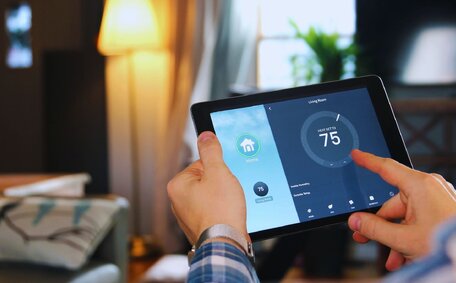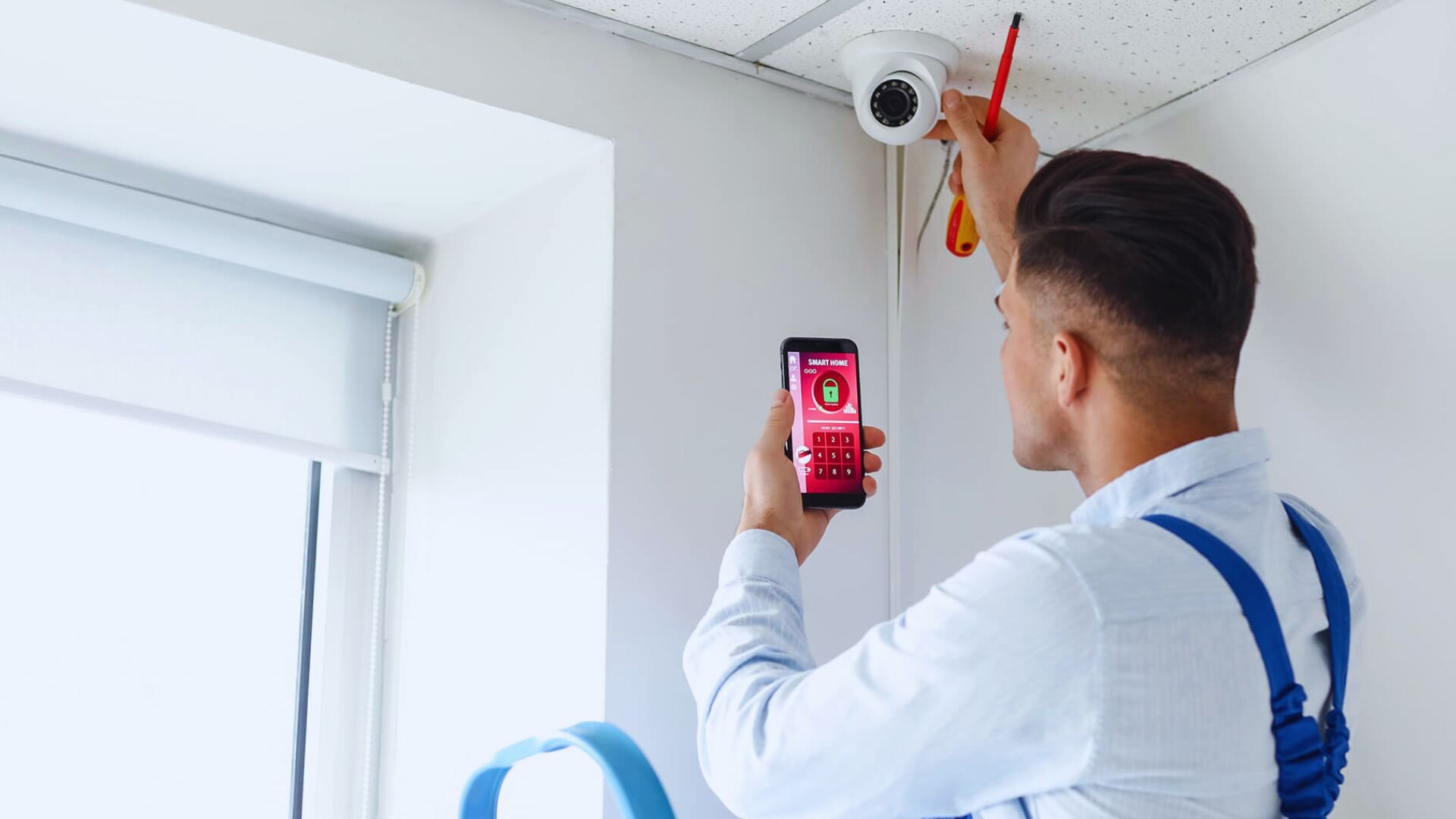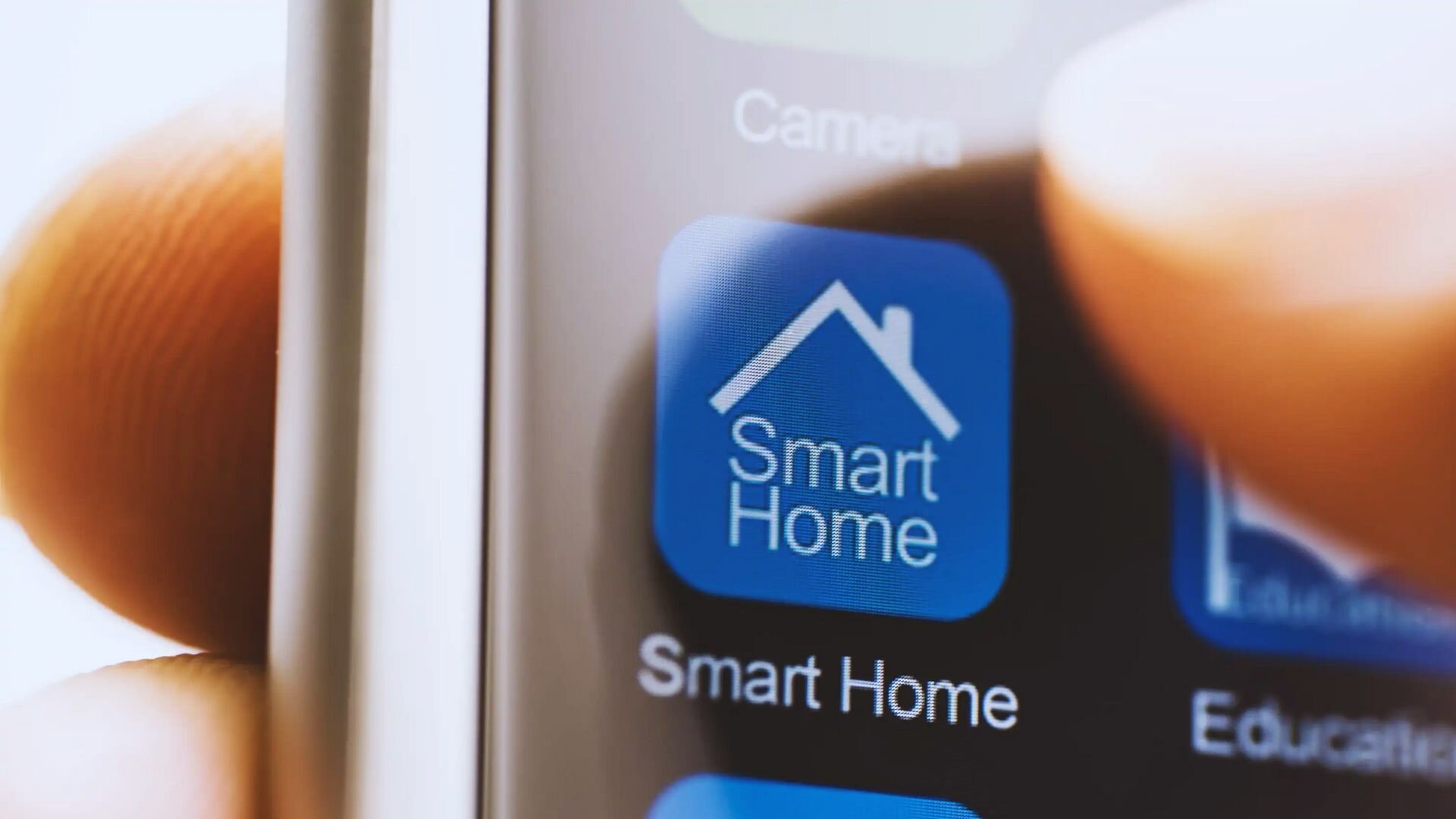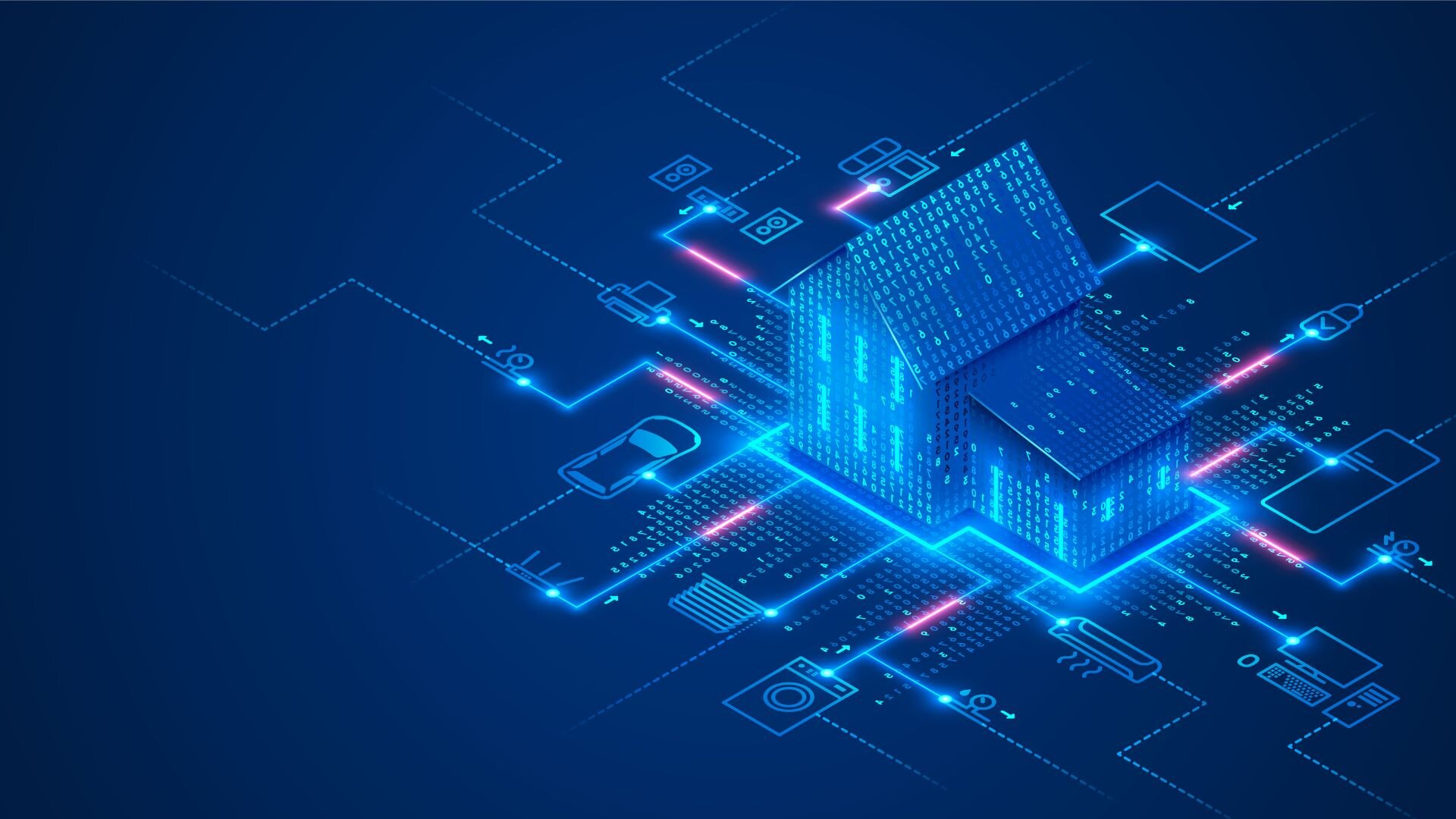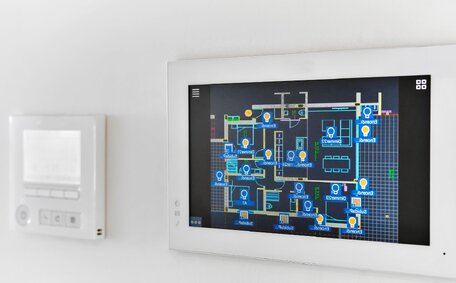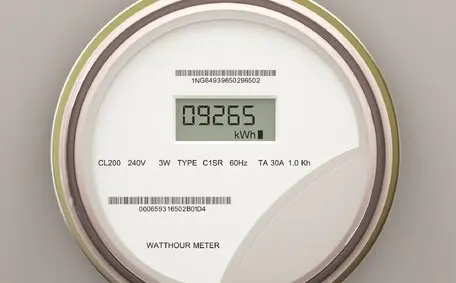Smart devices, like smartphones, tablets, and other gadgets, have significantly changed our everyday lives.
They’ve completely transformed how we access information, chat with others, and get tasks done, making life more convenient and efficient. Whether we’re streaming videos with excellent sound quality on a limited connection or using a TP Link broadband router, managing our finances, or keeping an eye on our health, the impact is undeniable.
Yet, despite the widespread use of smart technology, many people are still unclear about how it works and what it involves. This guide aims to provide straightforward answers to these questions, helping readers understand this technology that’s become such a vital part of our lives.
Understanding Smart Home Technology
Smart home products consist of a network of devices like smart thermostats working in tandem, utilising communication technology to automate routine tasks for homeowners. This technology can include a variety of devices and appliances, such as home entertainment and security systems, all relying on online connectivity.
With the help of this technology, you can utilise app and voice control to manage various home devices through platforms like Alexa and Apple Homekit and machines through the internet.
Beyond convenience, smart home technology and automation systems provide added benefits. They enhance security, improve energy efficiency, and even add a touch of style to your home with gadgets like the Google Nest Hub and Mini.
Benefits Of Smart Home Technology For Security
![Installing Smart Cctv Installing Smart Cctv]()
Smart home technology brings substantial benefits to home security. It helps eliminate those pesky false alarms and makes it simple to spot real threats through remote monitoring.
Additionally, you can get real-time alerts to keep you updated. For instance, such systems can send alerts to your smart speakers and other connected devices, like Alexa and Google Assistant, if a window has been left open, allowing outsiders to gain access.
Similarly, smart security cameras act as a more effective deterrent to burglars and other antisocial elements. Compared to traditional security systems, a smart one is much harder to disable since it mostly depends on an internet connection or a Wi-Fi network.
Popular Smart Home Security Devices
There are several smart devices available that have been designed especially to enhance your home security systems. The most common ones include the following:
![Smart App For Home Smart App Home]()
1. Smart Doorbell
Many modern homes use video doorbell devices instead of traditional ones. These video doorbells can send notifications to your smartphone and be integrated with voice assistants such as Amazon Alexa or Google Assistant to answer the door.
This type of doorbell integrates into your home network, providing real-time video of whoever’s at the door.
2. Smart Security Camera
Smart cameras are among the most common devices used for home security and are usually connected to the Wi-Fi network to allow remote monitoring of your home. They can provide a live feed of what is happening, send alert notifications to connected devices, and even record footage.
3. Smart Door Locks or smart lock devices
A smart door lock is Bluetooth or Wi-Fi-enabled, allowing homeowners to lock or unlock doors using voice commands or just a finger tap. These locks can also be controlled remotely through mobile apps, giving you access from afar using smartphone apps or fingerprint sensors.
Smart Home Security Installation
Proper installation is the first step in using smart home technology for security. Usually, smart home device manufacturers provide Installation instructions that include everything you need.
You need to install the security panel. It’s easy to install using a hammer and a nail, and you can set up systems like smart lights and internet-connected smart garage doors close to the front door and near a power source.
Then, the various sensors and detectors included with the system will be installed throughout different areas of the house. After the initial setup, connect the system and the sensors to the same Z Wave network and test them using the instructions.
Maintenance And Troubleshooting
![Smart Home Graphic Smart Home Graphic]()
1. Check For System Updates Regularly
Smart devices rely on updates to keep functioning correctly, so it is vital to regularly check for software updates after installing such systems. Installing the latest security patches and updates is the easiest way to prevent problems and ensure maximum security.
2. Use Strong Passwords
Use a powerful encryption method with strong passwords on your security system’s Wi-Fi router, which may include cloud storage capabilities. Avoid using the default password; do not share these details over public Wi-Fi networks.
3. Clean The Sensors Frequently
Over time, sensors can gather dust and dirt, which can hamper their functioning. That is why cleaning them frequently can help optimise performance and save on energy costs.
4. Follow The Manufacturer’s Instructions
Always follow the instructions provided by the manufacturer of the device or system and go through the manufacturer’s privacy policy.
Choosing The Right Electrician For Smart Home Security Installation
While it is possible to install smart home security systems yourself, it is always better to have them done by professionals. Choosing the right electrician is crucial.
The right electrician will be knowledgeable about various home security systems and adept at installing different brands. This expertise ensures that the installation process is done efficiently.
Additionally, the installation costs will be budget-friendly, and you can count on getting reliable post-installation products and services.
Improve Your Home Security Today!
Smart home technology has drastically changed our lives, making them more comfortable and enjoyable. More importantly, smart security systems and air conditioners have become indispensable for ensuring the safety of homes.
These devices can be controlled remotely, offering features like real-time monitoring that help prevent threats effectively.
Also, devices making up such systems can be integrated with more devices common in smart homes, like smart displays like the Amazon Echo or the Google Nest Hub 2nd generation, like the Specific smart home hub devices like Amazon Echo Show 8 or Google Home, for added convenience.
If you want to upgrade your home’s security with the best smart home devices, contact the nearest supplier of smart home security systems and smart thermostats today!
FAQs
1. What are some features to look for in a smart home security system?
Some features to look for when choosing a smart home security system include 24/7 monitoring, video recording, streaming capability, and remote app control.
2. What type of security sensors can be used for home automation?
Many smart home sensors, such as smart thermostats, motion detectors, door and window contact sensors, wire temperature sensors, etc., can secure your home.
3. Do all smart security systems depend on the internet?
Connecting to the internet allows smart home security systems to communicate with other devices and utilise powerful features, such as remote monitoring, control through the home app, alerts and notifications, etc. You can also create a separate network or guest network with online connectivity for easier control over the heating and cooling system.
4. Can smart home devices reduce energy consumption?
Smart home devices use very little energy and can be great for energy saving. Home tech devices use about 30 to 40% less energy than standard electronic devices.
5. How long do smart security systems last?
The components of your new products or smart security system can have varying lifespans. Smart cameras can last up to five years, while smart doorbells can last up to two years.
